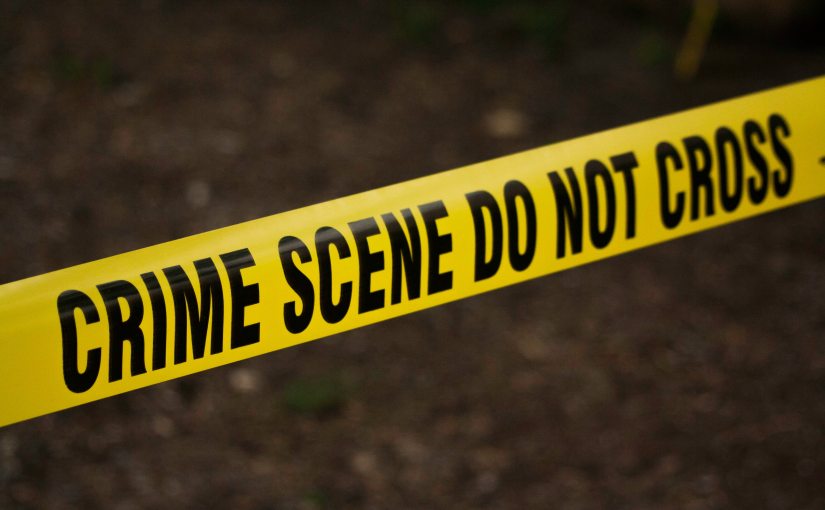
Reading time: 6-8 minutes.
Elections are close in Delhi and no party is leaving even a single stone unturned to give their side an edge over their opponents, for this the representatives of these parties are going at length to show that how foul the other party is but recently for Anurag Thakur and Pravesh Sahib Singh, it has lost the direction on the morality radar, resulting into an embargo by the Election Commission of India. Here in this article let us look into what the matter was and what essentially the Model Code of Conduct is.
Details of the incident
The Election Commission of India (ECI) barred BJP leader Anurag Thakur and West Delhi MP Parvesh Sahib Singh from campaigning for the Delhi Assembly elections for 72 hours and 96 Hours respectively, for violating the Model Code of Conduct.
In Anurag Thakur’s case, while addressing a public meeting in the Rithala Assembly constituency he while giving his views on the Anti-CAA protests, chanted “shoot the traitors of the country” while using slurs against the protestors. After the imposition of the embargo, he told the Election Commission that he did not have the intention to create or promote enmity between different religions, ideologies or communities.
In Pravesh Singh’s case, there were two different accounts where he made objectionable statements during where a public meeting in Vikaspuri firstly and then during an interview with the news agency ANI. He, being an outspoken member of the party, when was asked about the protests against the Citizenship (Amendment) Act in Shaheen Bagh, said the protestors would enter the homes of the common masses and rape their women.
On these accounts, the Election Commission found both leaders liable for the violation of the Model Code of Conduct and Representation of the People Act, 1951 by making an undesirable and objectionable statement which considering the present Indian Scenario was seditious in nature.
What is the Model Code of Conduct?
The Model Code of Conduct is a set of guidelines issued by the Election Commission to regulate the actions political parties and their candidates before elections, so as to ensure free and fair elections. These guidelines have been made in consonance with Article 324 of the Constitution, which gives the Election Commission the power to supervise elections to the Parliament and state legislatures. It becomes operational from the date when the election schedule is announced until the date of results.
Model Code of Conduct for campaign
Model Code of Conduct contains eight distinct provisions dealing with various aspects of elections such as general conduct, meetings, processions, polling day, polling booths, observers, party in power, and election manifestos. All this is to ensure that the elections go on smoothly and there is no malpractice done throughout the elections. Some of the important provisions under various headings are as follows:
- General Conduct: Under this, the commission limits criticism of political parties only on their policies, past record and work. Using caste and communal feelings to secure votes, bribing or intimidating voters, or organising demonstrations etc. are strictly prohibited under this.
- Meetings: If any party has to organise a meeting with the general public it should first intimidate the local police authorities about the venue and time of such meeting so that they can make adequate security arrangements to avoid any unforeseen event.
- Processions: If two or more candidates plan processions along the same route and at the same time, it is to be ensured that the processions do not clash. Carrying and burning effigies of members of other political parties are also not allowed under this heading.
- Polling day: Authorised party workers should be given identity badges at the polling booths which have all the important information of that worker and the party he/she is representing.
- Polling booths: Under this regulation only the voters and members with valid passes from the Election Commission, are allowed to enter polling booths.
- Observers: The Commission appoints an observer who has the job to listen and address the problems of a candidate regarding the conduct of the election.
- Party in power: Certain restrictions were also imposed on the ruling party since 1979, so as to regulate the conduct of such parties. Such a party must avoid advertising on public wealth or using official mass media to improve chances of victory in the elections. Ministers and other authorities of the ruling party must not announce any financial grants, or promise any construction of roads, provision of drinking water, etc. The ruling party must not monopolies the public places and therefore other parties are also allowed to use public spaces and rest houses.
- Election manifestos: This heading was added in 2013 under which parties are prohibited from making promises that exert an undue influence on voters.
Is the code enforceable?
As of contemporary times, the Model Code of Conduct is not directly enforceable by law. However, certain regulations are enforceable through provisions in various statutes such as the Indian Penal Code, 1860, Code of Criminal Procedure, 1973, and Representation of the People Act, 1951. It is ironical but the Election Commission has asked not to make them legally enforceable because elections being held for a short period need no long-running judicial proceedings. On the other skill, in 2013, the Standing Committee on Personnel, Public Grievances, Law and Justice, recommended making the MCC legally binding and make it a part of the Representation of the People Act, 1951.
Scope of improvement in election laws
Modern-day elections need a great overhaul because of the stagnancy and the latency that was ever-present in its mechanism. The most significant improvement that could be done in the field of election laws is to make voting compulsory. Though this would not necessarily make a radical change, it would drive a lot more people to the polls and make them aware of their duties as an Indian citizen.
As recommended by the Law Commission in its 2015 report a restriction should be imposed on government-sponsored report advertisements for up to six months before the date of expiry of the House/Assembly because it gives an advantage to the ruling party to issue advertisements that highlight its achievements, which results into an undue advantage over other parties.
To avoid the malpractices that were ever-present in Elections the government should come up with a plan of registration through biometrics so that a person can vote only once thereby reducing the prevalent custom wherein a party worker votes multiple times which leads to an undue advantage to the party.
These are a few but very important points to be observed and revamped in Election Laws. As of now, the overall election system seeks a major overhaul and this is only possible when the governments would take some drastic steps.
Conclusion
Therefore, based upon these observations it could be concluded that the Election Commission is indeed taking necessary measures to conduct fair and peaceful elections in the country. But it cannot be denied that the guidelines mentioned under the Model Code of Conduct are not executed properly which is the greatest lacuna or drawback of the entire system.
For all these reasons, there is a strong need for election reforms in the country which could overhaul the contemporary mechanism and shifts the entire paradigm on a smooth track which is alone is the way to a balanced democracy.
Author: Pratyush Pandey from Rajiv Gandhi National University of Law, Patiala.
Editor: Tamanna Gupta from RGNUL, Patiala


